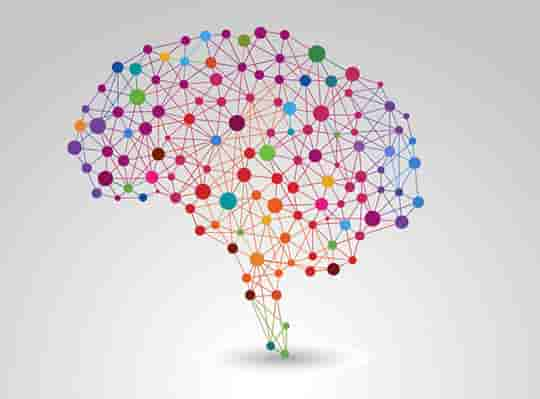Neuroscientists find that the key to learning fast and efficiently may be the opposite of conventional wisdom.
People who learn quickest show the least neural activity, a study finds.
The research flies in the face of the common myth that the key to learning is trying harder and thinking it through.
Instead, quick learners in particular showed reduced brain activity in the frontal cortex, an area linked to conscious planning.
In other words: good learners don’t overthink what they are trying to learn.
Professor Scott Grafton, who led the study, said:
“It’s useful to think of your brain as housing a very large toolkit.
When you start to learn a challenging new skill, such as playing a musical instrument, your brain uses many different tools in a desperate attempt to produce anything remotely close to music.
With time and practice, fewer tools are needed and core motor areas are able to support most of the behavior.
What our laboratory study shows is that beyond a certain amount of practice, some of these cognitive tools might actually be getting in the way of further learning.”
In the study, participants were learning a simple game which involved playing sequences of notes.
Their brains were scanned at two-, four- and six week intervals to see how they were learning the task.
What the neuroscientists were interested in was which networks the brain recruited.
Dr Danielle Bassett, the study’s first author, explained:
“We weren’t using the traditional fMRI approach where you pick a region of interest and see if it lights up.
We looked at the whole brain at once and saw which parts were communicating with each other the most.”
Graphing the patterns of interactions, the researchers could examine the areas that were interacting:
“When network scientists look at these graphs, they see what is known as community structure.
There are sets of nodes in a network that are really densely interconnected to each other.
Everything else is either independent or very loosely connected with only a few lines.”
Professor Grafton said:
“Previous brain imaging research has mostly looked at skill learning over — at most — a few days of practice, which is silly.
Whoever learned to play the violin in an afternoon?
By studying the effects of dedicated practice over many weeks, we gain insight into never before observed changes in the brain.
These reveal fundamental insights into skill learning that are akin to the kinds of learning we must achieve in the real world.”
The researchers found that those who learned the quickest used the areas of the brain related to planning the least.
Professor Grafton said:
“It’s the people who can turn off the communication to these parts of their brain the quickest who have the steepest drop-off in their completion times.
It seems like those other parts are getting in the way for the slower learners.
It’s almost like they’re trying too hard and overthinking it.”
The research was published in the journal Nature Neuroscience (Bassett et al., 2015)

